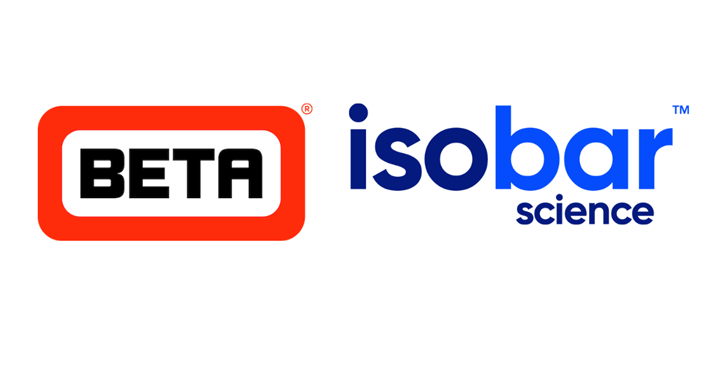|
Beta Analytic
|
Isobar Science
|
This post is sponsored by Beta Analytic.
Isotopic Analyses of Textiles & Ceramics
Isotopic analyses of textiles and ceramics (including food residues) can be used to identify artifact origins based on plant and animal constituents.
Plant species have specific isotopic signatures reflecting their geographic origin; for those elements involved in plant metabolism they may also provide a record of growth, photosynthesis, and respiration.. These isotopic systems also extend to plant-eating animals as they incorporate these plant isotopic signatures into their bones and tissues. Specifically, strontium (87Sr/86Sr), oxygen (𝛿18O), and lead (204Pb, 206Pb, 207Pb, and 208Pb) isotopes can be used to interpret the origin of plant and animal materials used in artifacts based on the fact that the geological units underpinning soil horizons, vegetation and water sources have distinct signatures. This type of isotopic analysis can provide information on a very detailed local scale as long as the reference/background isotopic ranges are known for the site in question. This method can be applied to the geological and/or water sources of ceramic materials as well as the habitat of the plants and/or animals used in the creation of textiles. It can be particularly powerful when all of the abovementioned isotopes are used in combination to narrow down the potential locations with a higher degree of accuracy.
 Beyond connecting artifacts to place, carbon isotopes (𝛿13C) can be used to distinguish between different types of plants (C3, C4, or marine vegetation) and thus approximate the relative contributions of each type within ceramics, ceramic food residue, and even textiles. For example, if C4 plants (e.g., Maize) were cooked within a ceramic artifact, this could be confirmed using carbon isotopes. Furthermore, nitrogen isotopes (𝛿15N) are often used in combination with carbon isotopes as they provide information on the trophic level organisms. In this case, if food residues were from an animal this would be identified as a relatively higher 𝛿15N signature than from plants. Likewise carnivores would be higher than an omnivore which would in turn be higher than a pure vegetarian.
Beyond connecting artifacts to place, carbon isotopes (𝛿13C) can be used to distinguish between different types of plants (C3, C4, or marine vegetation) and thus approximate the relative contributions of each type within ceramics, ceramic food residue, and even textiles. For example, if C4 plants (e.g., Maize) were cooked within a ceramic artifact, this could be confirmed using carbon isotopes. Furthermore, nitrogen isotopes (𝛿15N) are often used in combination with carbon isotopes as they provide information on the trophic level organisms. In this case, if food residues were from an animal this would be identified as a relatively higher 𝛿15N signature than from plants. Likewise carnivores would be higher than an omnivore which would in turn be higher than a pure vegetarian.
Used in conjunction, Sr, Pb, 𝛿18O, 𝛿13C, and 𝛿15N isotopes represent a powerful toolset for assessing the origin of materials used in a variety of archaeological artifacts, including textiles and ceramics. Isotopic investigations generally require very little sample material (<2g total), and so are minimally destructive allowing one to assess many aspects of artifacts using a detailed, multi-proxy approach.
How can isotopic analyses can help you with your next project?
Contact Isobar Science to learn more.
Isobar Science, a subsidiary of Beta Analytic, specializes in isotope services for Geochronology, Geochemical Fingerprinting, and Environmental Source-Tracking, providing high-precision research-quality and timely data. Isobar Science performs measurements using multicollector inductively coupled plasma mass spectrometry (MC-ICP-MS).
Image Credit: Isobar Science

